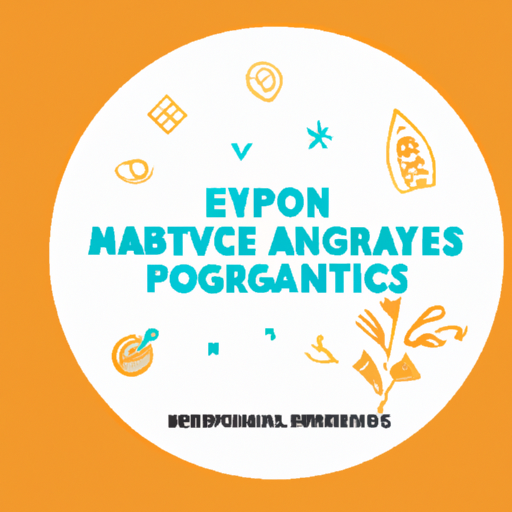Understanding Medical Treatment For Sweating
If you’re grappling with excessive sweating, also known as hyperhidrosis, you know how disruptive it can be.
Whether it’s awkward social situations or uncomfortable physical sensations, finding an effective medical treatment for sweating becomes paramount.
In this article, we’ll explore various medical treatments that can help manage and alleviate the symptoms of hyperhidrosis.
We’ll take a comprehensive look at both non-invasive and invasive options, providing you with insights to make informed decisions.
Non-Invasive Treatments: First Line Of Defense
For many people, the journey to control excessive sweating begins with non-invasive treatments.
These methods are popular because they are less risky and easier to access than surgical options.
Let’s dive into some common non-invasive treatments.
Botox Injections: A Game-Changer
One of the most effective non-invasive options is injections to stop sweating using Botox (botulinum toxin).
Botox works by blocking the nerves responsible for activating your sweat glands.
Many people find that Botox injections offer significant relief from excessive sweating for several months at a time.
The procedure involves minimal downtime and is typically done in a doctor’s office within an hour.
Though it’s not a permanent solution, regular injections can become part of your routine for managing hyperhidrosis effectively.
Prescription Antiperspirants: Your First Line Of Attack
Before jumping into more intensive medical treatments, doctors often recommend prescription antiperspirants containing aluminum chloride hexahydrate.
These are more potent than over-the-counter options and work by temporarily blocking sweat glands to reduce perspiration significantly.
However, some people may experience skin irritation or find them less effective over time.
Consult your dermatologist to find the best prescription antiperspirant tailored to your needs.
Iontophoresis: A Novel Approach
Iontophoresis is another non-invasive method that has garnered attention for its effectiveness in treating hyperhidrosis.
This technique involves placing the affected area (usually hands or feet) in water while a mild electrical current passes through it.
The treatment sessions usually last about 20-30 minutes and may require multiple sessions per week initially.
Many users report significant reductions in sweating after consistent use of iontophoresis machines available for home use or in clinical settings.
Medications: Oral Solutions To Consider
Several oral medications can help reduce excessive sweating by affecting the body’s ability to produce sweat.
Anticholinergics like glycopyrrolate block nerve signals that trigger sweat glands but may come with side effects such as dry mouth or blurred vision.
Beta-blockers and benzodiazepines can also be prescribed if stress and anxiety exacerbate your symptoms of hyperhidrosis.
It’s crucial to consult with a healthcare provider before starting any medication regimen to discuss potential benefits and side effects tailored to your situation.
Surgical Options: When Non-Invasive Methods Aren’t Enough
Sometimes non-invasive treatments aren’t sufficient in managing severe cases of hyperhidrosis, leading patients to consider surgical interventions.
Here’s where things get serious but promising for long-term relief.
ETS Surgery: An Effective Solution With Caveats
Endoscopic thoracic sympathectomy (ETS surgery) is arguably one of the most common surgical procedures aimed at treating hyperhidrosis permanently by cutting or clamping nerves responsible for overactive sweat glands primarily in hands or armpits areas.
While ETS surgery has shown high success rates, it also comes with risks such as compensatory sweating—where other body parts start sweating excessively—and potential nerve damage which might affect other bodily functions.
It’s essential that individuals considering this option weigh these risks carefully under guidance from qualified medical professionals specializing in this procedure type.
Sweat Gland Removal: Targeted And Effective
For those struggling specifically with excessive underarm perspiration rather than systemic issues across different body regions opting into procedures designed specifically focusing on removing problematic sweat glands emerges viable alternative worth exploring further detailed mention below:
* Excision Method:
This involves surgically cutting out affected areas containing troublesome sweat-producing cells directly reducing overall output quite dramatically immediate aftermath might involve stitches minor scarring gradual healing process expected afterward period several weeks post-op monitoring required ensure successful outcomes maintained long term perspective
* Liposuction Curettage Combo:
Another innovative technique blends suction-based fat removal alongside curettage scraping techniques effectively minimizing residual presence functionally active glandular structures localized armpit regions ensuring considerable reduction visible signs discomfort previously experienced daily basis
Both approaches provide durable solutions specifically targeting underarm zones critical maintaining confidence normalizing everyday activities routines effortlessly without constant worry underlying issues arising unexpectedly
Real-Life Stories And Experiences
Understanding what others have gone through immense value provides context relatability readers facing similar struggles remember always multiple paths managing ultimately finding personalized approach best suits individual circumstances important prioritize health well-being above all else
Consider Jane Doe example young professional struggled intensely workplace scenarios events eventually opted undergoing successful Botox sessions followed home-based iontophoresis regimens now enjoys renewed sense control freedom previously thought unattainable similarly John Smith another case severe palmar (hand) hyperhidrosis underwent ETS achieving substantial improvements despite experiencing mild compensatory side effects later managed effectively adopting lifestyle modifications supplementary therapies alongside continued follow-ups specialists monitoring progress
These narratives serve powerful reminders showing despite challenges faced hope available dedicated proactive seeking appropriate interventions suited unique needs goals living fuller happier lives free constant stress associated excessive unmanageable perspiration issues confronting head-on armed right knowledge tools strategies ultimately transformative empowering journey worth undertaking shared community around ready support every step way

